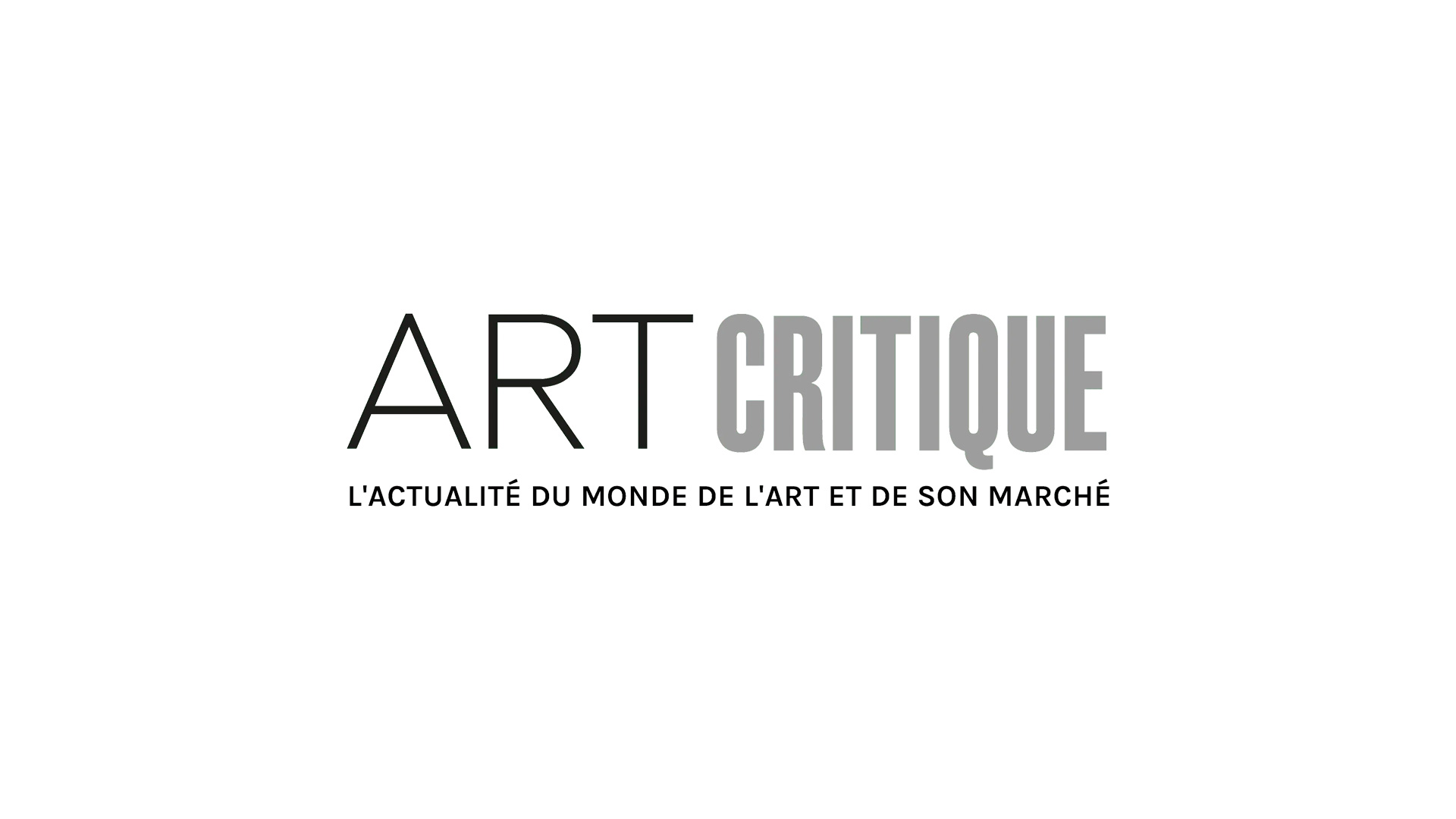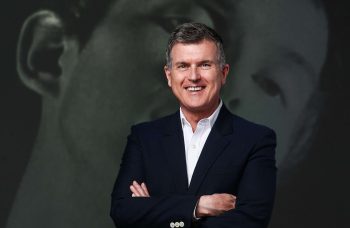“Light cannot be considered an objective phenomenon, but that is precisely how I see it”.
Dan Flavin, born in New York in 1933, was a minimalist artist known for creating neon structures that interacted with surrounding space. After studying for the priesthood in Brooklyn between 1947 and 1952, he joined the United States Air Force to complete his military service. It was during this time, while he underwent training in meteorology, that Flavin began studying art at a branch campus of the University of Maryland in Korea. When he returned to New York in 1956, he chose to continue along this path by enrolling in Art History at the Hans Hofmann School of Fine Arts and then at the New School of Social Research. However, he withdrew from both these schools and went on to Columbia University where he studied painting and drawing for two years. Upon graduating Flavin was hired as a guard at the Guggenheim Museum but he soon left this position to take on the same job at the Museum of Modern Art where artists Sol LeWitt, Robert Ryman, Robert Mangold and future art critic Lucy Lippard also worked. Although they would later be recognized as significant contributors to the minimalist movement they had not yet developed their style during this era. The same was true for Flavin whose first collages and watercolours shown by the Judson Gallery in 1961 seemed to be influenced by abstract expressionism.

During the summer of that same year Flavin, while still working as a guard at New York’s Museum of Natural History, began making sketches of assemblages of his famous Icons: eight sculptures intended to be hung on the wall. Each sculpture, made of wood panels and covered in a single shade of acrylic paint, was framed by bulbs and neon tubes of different colours and various sizes. The artist dedicated them to people from different backgrounds: friends, a 1920s bluesman, Jesus and even his twin brother who died in 1962 while the series was being produced. While this series was indicative of his later work, it was a piece titled Diagonal of Personal Ecstasy (the Diagonal of May 25, 1963) that was the real starting point for all his future creations. This piece, composed of a yellow fluorescent tube of 244 cm hung along a wall at a 45-degree angle, is really his first using only an exposed neon tube. This luminous diagonal dedicated to Roman sculptor Constantin Brancusi would soon be followed by many others made of fluorescent tubes in primary colours (red, blue, green, pink, yellow, ultraviolet and four different shades of white) to be sold commercially. These assemblages, usually untitled and followed by a dedication written in parenthesis, are dedicated to friends but also to the artists and critics, living or dead, that Flavin admired. Beginning in 1964 and up until 1982, he also produced a series of works in neon dedicated to the Russian constructivist artist and architect Vladimir Tatline. For this tribute, he resumed the artist’s work by outlining the shape of the Monument to the Third International which Tatline had begun in 1920 but never completed.
At the end of the 1960s, aware that the space in which sculptures were placed delineated their radiance by reconfiguring the space, Flavin started to create “proposals” or works made for specific sites. He first got the chance to produce such work in 1968 during Documenta 4 in Kassel, Germany where Flavin flooded the space allocated to him in an ultraviolet light and also during an exhibition at the Van Abbemuseum in Eindhoven, The Netherlands where he produced an installation called Greens crossing greens (to Piet Mondrian who lacked green) that restricted movement in the hall. Rather than install these neon assemblages on the ground or on the wall and to observe the way in which they reconfigured their surroundings, the artist laid them out in such a way as to highlight their architectural elements (Untitled (to Donna) 5a) or to modify circulation inside the space (An artificial barrier of blue, red and blue fluorescent light), even attempting to impede it (Untitled (to Jan and Ron Greenberg). He consequently invented the vocabulary terms “corners”, “barriers” and “halls”, which made him famous. Since his irradiant sculptures had no clearly defined edges, they blended into the exhibition space and it is the whole that must be as the complete work. Starting in 1975, Flavin began installing permanent pieces in various celebrated establishments on both sides of the Atlantic. The size of the spaces offered to the artist grew in proportion to his fame, his installations were increasingly large as witnessed by the one made for the Guggenheim for the museum’s reopening.

Since his death in New York in 1996, Flavin has become one of the foremost representatives of minimalist art alongside Donald Judd, Sol LeWitt and Carl Andre. Yet while he had always asserted that he was only interested in the viewer’s perception and that one should not look for any metaphors in his work, their intangible quality has raised a lot of questions about the artist’s motivations. In contrast to pieces from other minimalist artists, like Carl Andre on which the spectator can walk, Flavin’s work did not allow any kind of physical contact; it was not even possible to restrict the area of the viewer’s gaze as was the case for Sol LeWitt’s structures which the public was also not allowed to touch. Flavin’s impalpable work (like some of these choices) has been interpreted in terms of his religious upbringing. If indeed the title of the Icons series was inspired by the small paintings of Russian and Greek orthodox churches, is it the subject matter of these pieces or the vast space that the light occupied which interested Flavin? Don’t his incandescent crosses that hang in the corners of rooms like Russian icons really have something mystical? Depending on whether one is interested in the principles that underpin Flavin’s work (the use of industrial material, construction using basic shapes, inclusion within a space, spectator participation) or on the effects that they produce (a shiny halo, a steamy ambiance, the dematerialization of space or a feeling of timelessness), it is possible to place the artist’s work within the tradition of both Morris Louis and Mark Rothko.
This is a translation of an original Art Critique article published on July 24th by Orianne Castel, which can be found here.






